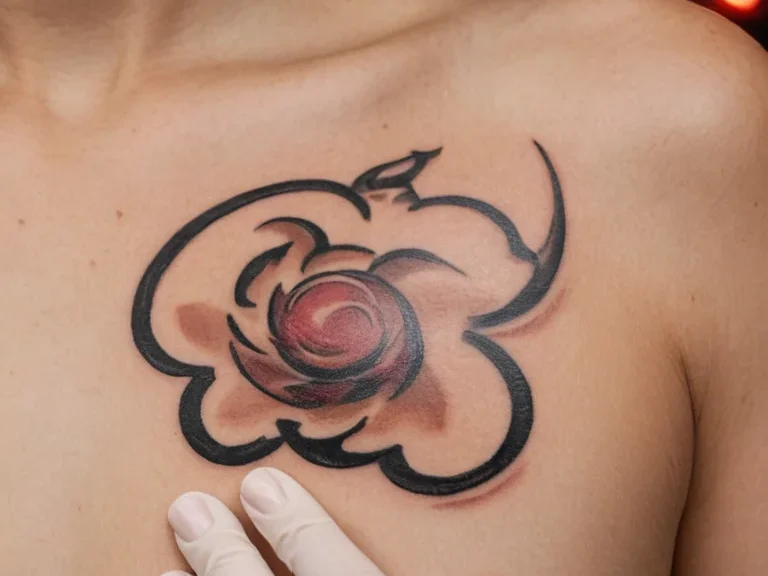Welcome, aspiring and established tattoo shop owners, to a crucial discussion about the backbone of safe and reputable tattooing: sterilization. In our vibrant industry, where artistry meets personal expression, the paramount importance of hygiene cannot be overstated. As professionals, you are entrusted with the well-being of your clients, and this trust is built not just on your artistic talent, but on your unwavering commitment to safety. This guide delves deep into the essential world of sterilization, with a particular focus on the indispensable role of autoclaves, providing you with the knowledge to ensure your studio operates at the highest standards of safety and professionalism.
Why sterilization is non-negotiable in your tattoo shop
The allure of a beautifully crafted tattoo is undeniable, but the process itself, involving needles piercing the skin, opens a direct pathway into the bloodstream. This makes meticulous sterilization an absolute cornerstone of your operation. Failure to adhere to stringent sterilization protocols is not merely a lapse in professionalism; it is a serious health hazard. Imagine a scenario where a client contracts a bloodborne pathogen, such as Hepatitis B, Hepatitis C, or HIV, directly from your studio due to improperly sterilized equipment. The consequences are catastrophic, leading to severe health repercussions for the client, devastating legal liabilities for your business, and irreparable damage to your reputation. Moreover, regulatory bodies worldwide impose strict guidelines regarding sterilization in tattoo and piercing establishments. Non-compliance can result in hefty fines, temporary or permanent closure of your business, and loss of your professional licenses. Therefore, viewing sterilization as an optional extra or a mere formality is a grave mistake. It is a fundamental ethical and legal obligation that underpins every aspect of your business. Tattoo artists everywhere understand that a sterile environment is as critical as the ink itself. Clients, too, are increasingly educated about hygiene practices and will actively seek out studios that prioritize their safety. By investing in robust sterilization procedures and equipment, you are not just protecting your clients; you are safeguarding your livelihood, your reputation, and the integrity of the tattoo art form. It’s about cultivating a culture of safety that resonates with every client who walks through your door, assuring them that their health is your utmost priority, from the moment they sit in the chair to the moment they leave with their new art.
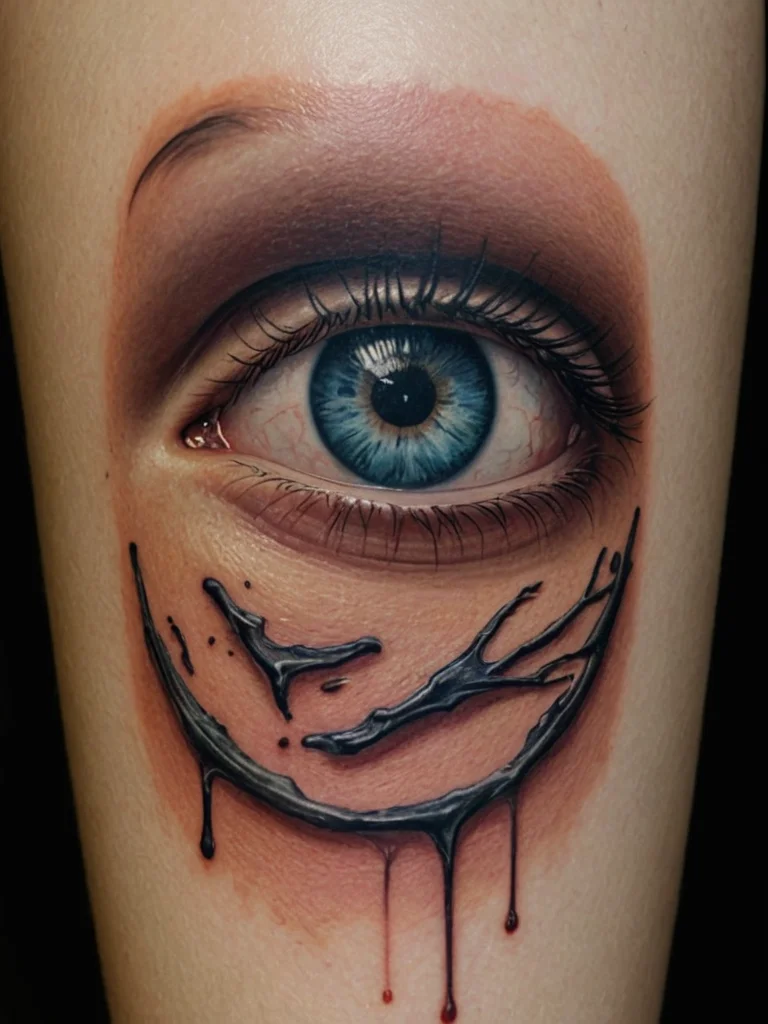
Understanding autoclaves: the science behind sterilization
At the forefront of effective sterilization lies the autoclave, a sophisticated piece of equipment that utilizes the power of steam under pressure. But how exactly does this work to eliminate all forms of microbial life? An autoclave operates on the principle that high-temperature steam, when applied under pressure for a specific duration, can effectively kill bacteria, viruses, fungi, and even highly resistant spores. These spores are particularly crucial to understand because they represent the most difficult-to-destroy form of microbial life. If an autoclave can eliminate spores, it can assuredly eliminate all other less resilient microorganisms. The process involves creating a sealed chamber where steam is introduced. As the steam heats up, the pressure within the chamber increases. This elevated pressure allows the steam to reach temperatures significantly higher than boiling point (100°C or 212°F) – typically around 121°C (250°F) or 132°C (270°F), depending on the specific cycle and pressure settings. This superheated steam penetrates the packaging and the porous surfaces of instruments, effectively denaturing essential proteins and enzymes within microorganisms, thereby rendering them inactive and incapable of reproduction. The key elements for successful sterilization using an autoclave are: temperature, pressure, and time. Each of these factors must be precisely controlled and monitored to ensure that the entire load of instruments has been subjected to conditions lethal to all microbial life. Think of it like baking a cake; you need the correct oven temperature, the right amount of time, and the proper ingredients. If any of these are off, the cake won’t turn out right. Similarly, if the autoclave’s temperature, pressure, or exposure time is insufficient, sterilization will not be achieved, leaving instruments potentially contaminated. Modern autoclaves are designed with sophisticated controls and monitoring systems to ensure these parameters are met consistently, providing a reliable method for achieving sterility that is unmatched by other means like chemical disinfectants alone, which often only reduce microbial load rather than achieve complete sterilization.
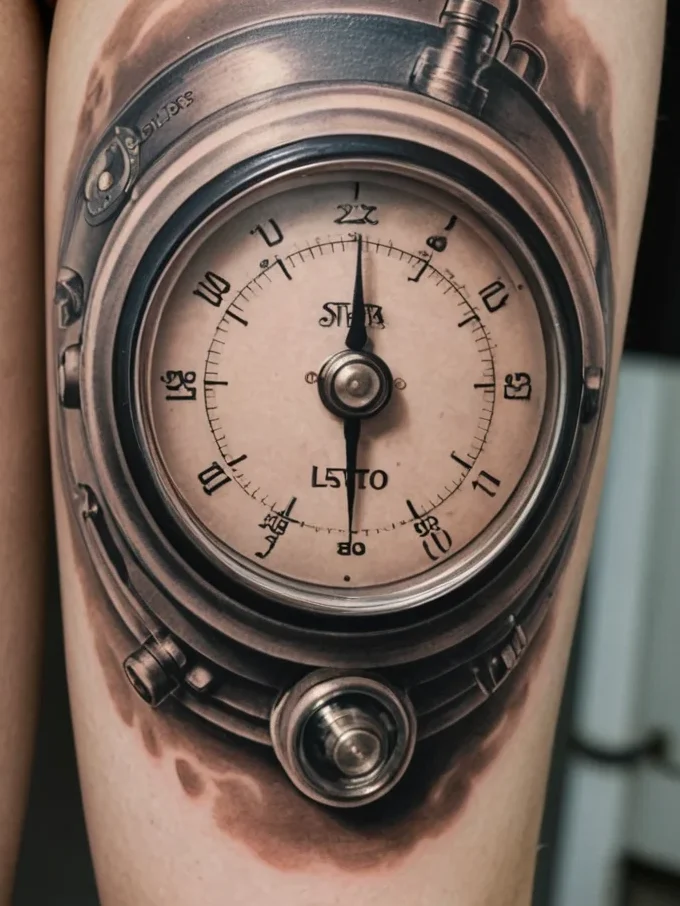
Choosing the right autoclave: key features for tattoo shops
Selecting the appropriate autoclave for your tattoo studio is a decision that directly impacts your safety standards and operational efficiency. Not all autoclaves are created equal, and understanding the key features will help you make an informed choice that meets the unique demands of a busy tattoo environment. Firstly, consider the type of autoclave. There are generally two main categories relevant to tattoo studios: Class N (naked) autoclaves and Class S (special) autoclaves. Class N autoclaves are designed for sterilizing unwrapped, solid, non-porous instruments. They are simpler and often less expensive, but they are not suitable for sterilizing wrapped instruments or items with lumens or complex geometries, which are common in tattooing. Class S autoclaves are a step up, capable of sterilizing wrapped instruments and have improved penetration capabilities, making them more versatile. For a professional tattoo shop, a Class B autoclave (which is a more advanced and highly regulated standard, often considered superior to Class S for general practice) is generally recommended, as it offers the highest level of sterilization assurance through pre-vacuum cycles that remove air effectively, ensuring complete steam penetration. However, if a Class B is beyond budget, a robust Class S is essential. Capacity and size are also critical considerations. You need an autoclave that can handle the volume of instruments you process daily. A studio with multiple artists and high client turnover will require a larger capacity unit than a solo artist’s shop. Measure your available space and consider how many instrument trays or tool kits you typically need to sterilize at once. Cycle times play a significant role in workflow. Faster cycle times mean you can process more instruments and keep your artists working with less downtime. Look for autoclaves that offer efficient cycles without compromising on sterilization efficacy. Ease of use and maintenance are also important. A user-friendly interface with clear operating instructions and readily available maintenance procedures will prevent errors and ensure the unit remains in optimal condition. Consider features like automatic shut-off, digital displays for cycle monitoring, and accessible components for cleaning and servicing. Finally, regulatory compliance and certification are paramount. Ensure the autoclave you choose meets all relevant national and international standards, such as those set by the FDA in the United States or CE marking in Europe. Look for units that come with validated performance data and are manufactured by reputable companies known for their quality and reliability. Investing in a high-quality autoclave from a trusted brand is an investment in the safety and success of your business, ensuring you can consistently provide a sterile environment for both your artists and your clients.
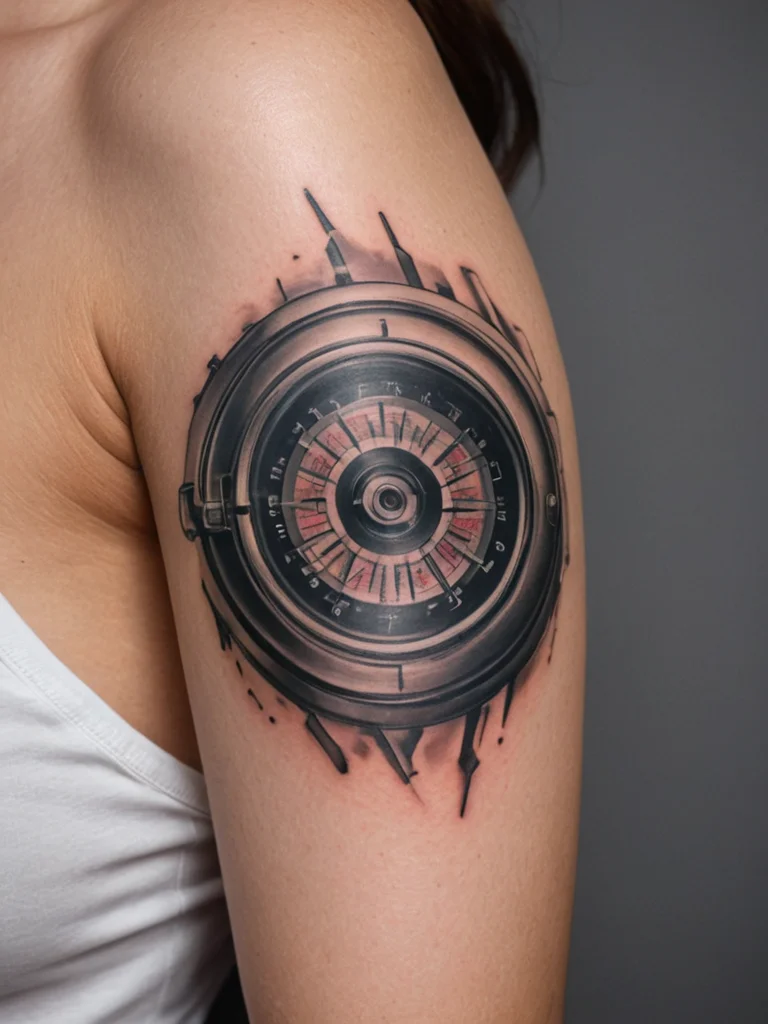
Proper autoclave operation and maintenance for maximum safety
Even the most advanced autoclave is only as effective as its operation and maintenance. Strict adherence to proper procedures is crucial for ensuring that every cycle achieves true sterilization and for extending the lifespan of your equipment. First and foremost, loading the autoclave correctly is vital. Instruments should be arranged in a way that allows steam to circulate freely around them. Avoid overcrowding the chamber, as this can impede steam penetration. Items should be placed in perforated trays or pouches, never stacked directly on top of each other. For wrapped instruments, ensure the wrapping material is permeable to steam and heat-resistant. If you are using sterilization pouches, ensure they are sealed correctly and placed in the chamber with the indicator side facing upwards. Following the correct cycle for the type of load you are sterilizing is equally important. Different cycles are designed for different materials and levels of contamination. Consult your autoclave’s manual to understand the recommended settings for unwrapped instruments, wrapped instruments, and any specific materials you might be sterilizing. Always ensure the chamber is filled with the correct type and amount of distilled or demineralized water, as tap water can cause corrosion and mineral buildup, damaging the autoclave and potentially contaminating instruments. Monitoring and documenting each cycle is non-negotiable. Autoclaves are equipped with indicators – chemical, biological, and mechanical. Mechanical indicators are the gauges and readouts on the machine itself, showing temperature, pressure, and time. Chemical indicators, often seen as tape or strips, change color when exposed to specific conditions, providing a visual check of whether sterilization parameters were met. Biological indicators (BIs) are the gold standard. These contain spores of highly resistant microorganisms. After a cycle, the BI is incubated to see if any spores survived. If the spores are killed, the cycle was successful. For maximum safety, it is best practice to use at least one chemical indicator with every load and perform biological monitoring regularly (e.g., weekly or with each new sterilizing agent or load type). Regular maintenance is key to preventing malfunctions and ensuring consistent performance. This includes daily cleaning of the chamber door gasket, weekly cleaning of the chamber itself, and periodic flushing to remove mineral deposits. Always follow the manufacturer’s recommended maintenance schedule, which typically includes checks on the water filter, safety valve, and seals. Keep meticulous records of every sterilization cycle, including the date, time, operator, cycle parameters, and the results of all indicator tests. This documentation is not only essential for quality control and troubleshooting but also serves as proof of your commitment to safety in case of regulatory inspections or client inquiries. By treating your autoclave with the care and diligence it requires, you guarantee its effectiveness and uphold the highest standards of safety in your practice.
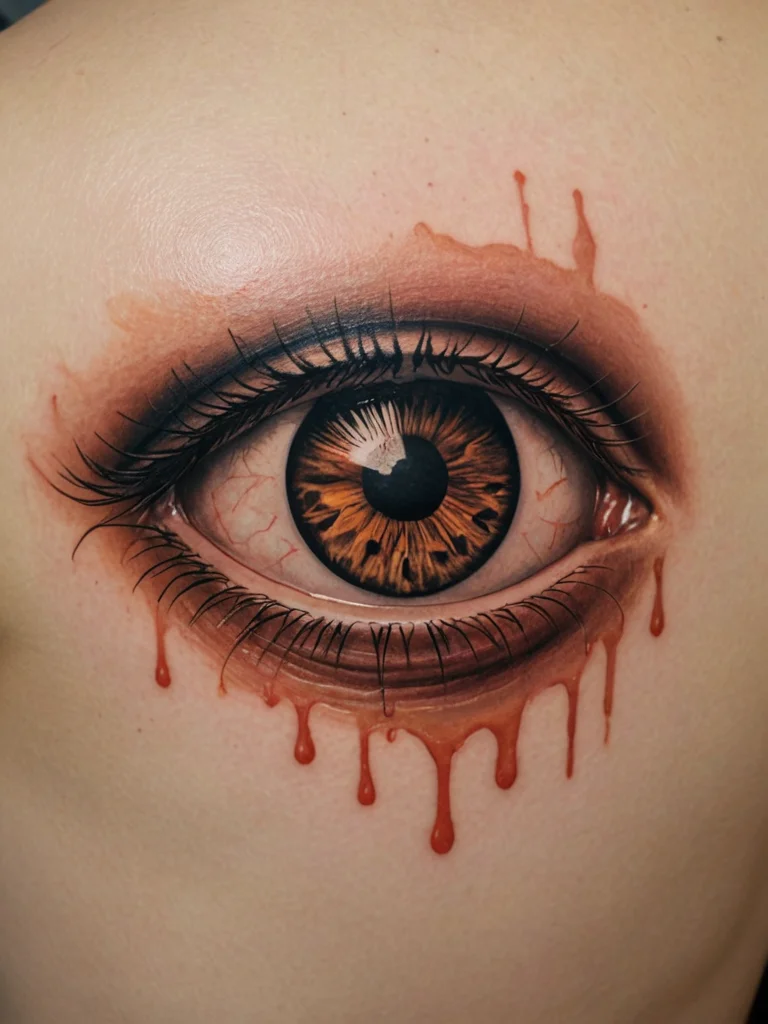
Beyond the autoclave: essential sterilization protocols for your shop
While the autoclave is the undisputed champion of sterilization, it is only one part of a comprehensive infection control strategy. A truly safe tattoo studio implements a multi-layered approach that addresses every stage of the tattooing process. This begins with thorough pre-cleaning of instruments. Before any instruments enter the autoclave, they must be meticulously cleaned to remove all visible debris, such as blood, ink, and skin particles. This pre-cleaning step is critical because organic matter can shield microorganisms from the steam in the autoclave, rendering sterilization ineffective. Use a dedicated instrument cleaner and a stiff-bristled brush (preferably a type that won’t shed bristles) to scrub all surfaces, hinges, and crevices. Ultrasonic cleaners are highly recommended for their ability to reach intricate areas and remove debris effectively. After cleaning, instruments should be thoroughly rinsed with distilled or demineralized water and then dried completely before packaging for autoclaving. Proper packaging is the next crucial step. Instruments should be packaged in steam-permeable materials, such as sterilization pouches or specialized wraps, designed to maintain sterility after the autoclave cycle. Each package should be clearly labeled with the date of sterilization and, ideally, the initials of the person who processed it. Use external chemical indicators on each package; these tapes or labels change color when exposed to the autoclave’s temperature and steam, providing an immediate visual confirmation that the package has gone through the sterilization process. Internal indicators, often placed within the package, provide a further level of assurance. Safe handling and storage of sterilized items are equally important. Sterilized instruments should be stored in a clean, dry, and dust-free environment, protected from moisture and contamination. Avoid storing them in open areas or areas prone to traffic. Ideally, sterilized packages should be kept in dedicated sterile storage cabinets or drawers. The sterile barrier created by the packaging is only effective as long as it remains intact. Therefore, inspect each package for tears, punctures, or signs of moisture before use. If a package appears compromised in any way, the instruments inside must be re-sterilized. Beyond instrument sterilization, remember that surface disinfection plays a vital role. All work surfaces, tattoo chairs, armrests, and any areas that may come into contact with clients or equipment must be cleaned and disinfected between each client using EPA-approved disinfectants effective against a broad spectrum of pathogens. Disposable barriers, such as plastic wrap or adhesive sheets, are invaluable for protecting surfaces and equipment that are difficult to disinfect. Personal protective equipment (PPE) for tattoo artists is also a critical component. This includes disposable gloves, which must be changed between clients and whenever they become contaminated or torn, as well as masks, eye protection, and protective clothing to prevent cross-contamination. Establishing clear, written protocols for all these procedures and ensuring that all staff are thoroughly trained on them is fundamental. Regularly reviewing and updating these protocols, staying informed about the latest guidelines from health authorities, and fostering a culture where hygiene is paramount will ensure your studio remains a beacon of safety and professionalism in the tattoo community.
